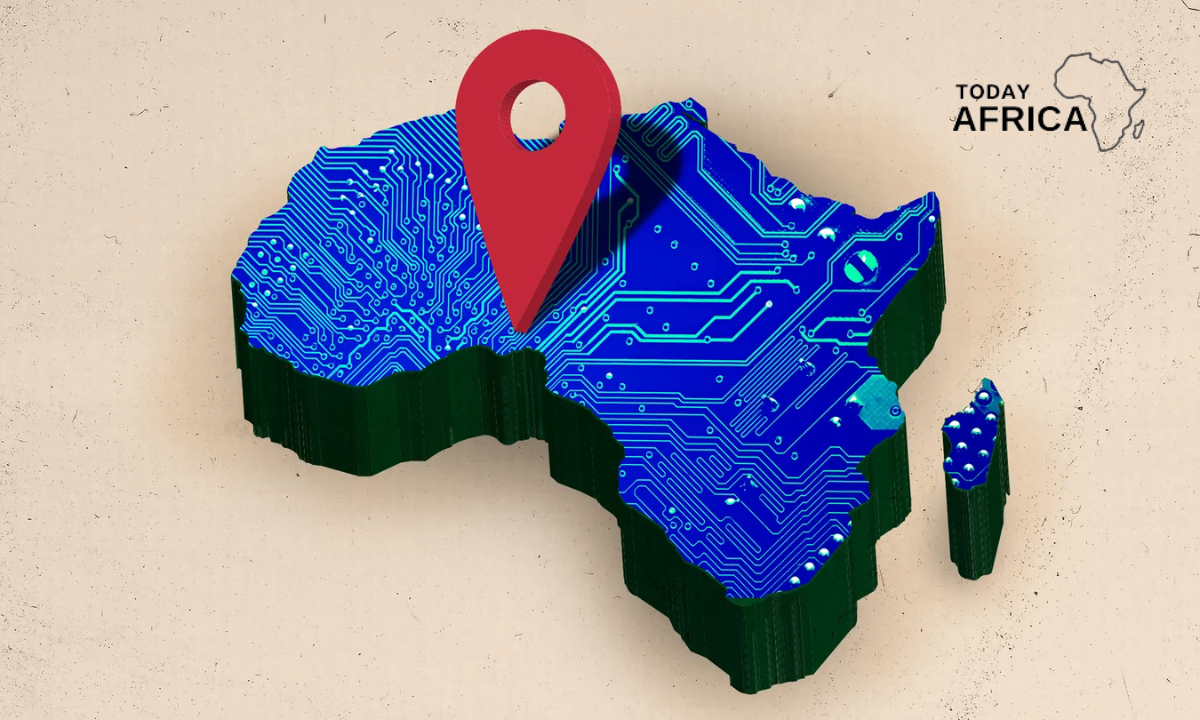Did you know that more than 100 million businesses are launched around the world yearly? That’s roughly 3 businesses per second.
Undoubtedly, it’s a highly competitive market for a new entrepreneur, and making sure your business idea fits in with the existing market is very important.
Starting a new business is filled with uncertainty and excitement. However, to improve your chances of success, there are three (3) things you’ll need to nail down:
- A deep understanding of the problem you want to solve for your customers.
- A market where your target customers can pay for your products/services.
- And a business model that makes money for your business.
In this post, we’ll dwell more on the third point — choosing the right business model.
What is a Business Model?
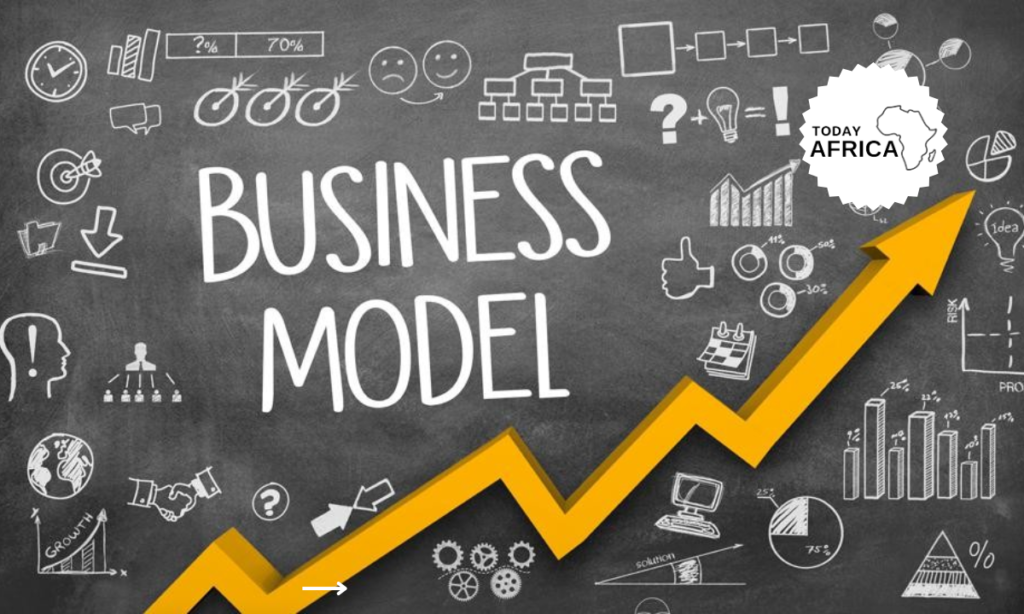
In simple terms, a business model shows how your business makes money.
It’s how you deliver value to your customers, via products/services, in exchange for a price.
A business model is an essential element of your business, as it’ll help you understand your value over the long term.
So, it is important to have a goal in mind within months of launching into the market.
Things might change drastically due to changes in the market, competition taking over, technological advancements of your competitors, etc.
This means that a business model is more like a revenue model. Different companies have different business models.
For instance, Netflix makes money using a subscription model. Customers pay a monthly fee to access both the content library of Netflix. This form makes it easier for the customers because they don’t have to spend money buying DVDs anymore.
In contrast, companies like YouTube, Google, and Facebook use the advertising model. And this is how most companies make money in today’s media landscape, but not all are alike!
So the business model you choose will be factored in by your market and the products/services that you offer.
However, you can adopt multiple models in today’s business world and this is a scenario we are seeing with many big companies.
Key components of a business model
In essence, a business model reflects the strategy that entrepreneurs formulate prior to launching their product to the consumer market. Crafting a strategy necessitates consideration of various essential components.
Understanding and meticulously implementing these components is crucial for the sustained success of a company. The following components form the foundational elements of a business model that entrepreneurs should assimilate:
- Target market: The consumer demographic anticipated to express interest in the offered products.
- Competitive advantage: The unique attributes of the products that are challenging to replicate among competitors.
- Resources: The financial, intellectual, and asset-related capacities of the company.
- Key metrics: Quantifiable success indicators that the company aims to achieve.
- Value proposition: The appealing values embedded within the products on offer.
- Cost structure: The overall operational expenditure and pricing strategy for the product.
- Revenue streams: The channels through which the company generates income.
- Profit margins: The total revenue gained from sales.
- Revenue model: The framework outlining revenue sources and addressing associated issues.
- Problem and solution: Identification of market challenges and the company’s strategies to address them.
Benefits derived from a business model
With a grasp of the concept of a business model, let us delve into the advantages this strategic approach offers. Business models undoubtedly contribute to significant profits, but their benefits extend beyond financial gains. Here are some notable advantages:
Enhanced financial organization
By establishing a preconceived business model, companies avoid excessive spending and deviation from set objectives. The allocation of funds for production and labor becomes more streamlined.
Competitive edge
Entrepreneurs strive to craft compelling business models, resulting in a distinct competitive advantage. Meticulous deliberation enables the creation of innovative ideas, bolstering a company’s unique selling points.
Attract investors
Investors play a pivotal role in a company’s continuity. A robust and distinctive business model garners investor attention, fostering financial support for the business venture.
9 Business Models You Can Choose For Your Business
1. Advertising business model

The advertising business model has been around for a long time. Although print used to be the leading advertising medium, this has switched to online and mixed-media formats.
The approach is simple: Create content that people want to consume and use display ads to monetize your business. You’re not charging your readers or visitors, but instead, are monetizing their attention by selling advertising space.
If you’re running a platform like Today Africa, there are different kinds of advertising networks you can partner with. In this scenario, you usually get paid by clicks or views.
2. E-commerce business model
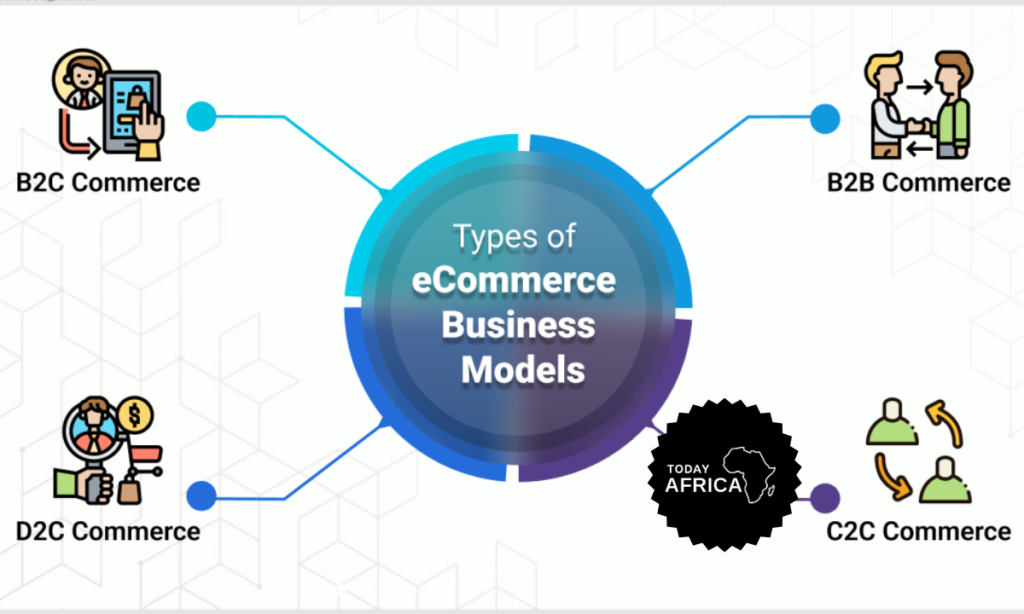
The E-commerce business model allows your business to sell physical and digital products through your website. The revenue comes from orders placed over the Internet and is usually unrelated to a brick-and-mortar store or shop.
Below are different categories of e-commerce business models:
a. B2C- Business to Consumer
B2C businesses sell to consumers. Any product you buy from an online marketplace as a consumer is classified as a B2C transaction.
B2C businesses enjoy the advantage of spending less on marketing than most other business models because of their short sales cycle.
b. B2B- Business to Business
This involves a business selling products to another company. The B2B online business model involves:
- Manufacturers selling goods to wholesalers.
- Wholesalers selling goods to retailers.
- Manufacturers selling to distributors.
B2B enjoys a longer sales cycle than B2C businesses. They also have a higher-order value and generally sell at a higher price.
c. C2B- Consumer to Business
It allows consumers to sell directly to businesses. Bid freelancing sites like Fiverr and Upwork are examples of this model. Companies can hire freelancers to complete a job, from social media jobs like maintaining their websites and newsletters to product promotion.
Social media influencers are another excellent example of C2B businesses because they connect with companies and market their products to followers.
d. C2C- Consumer to Consumer
This involves consumers buying goods or services directly from other consumers. This model makes money from listing fees and transaction fees earned on the marketplace.
Jiji, eBay, Taobao marketplace, and Craiglist are examples of C2C businesses. In this model, there are fewer advantages because you only get paid for the transaction and not from an advertising-based flat fee which is what B2B provides.
e. D2C- Direct-to-Consumer
This is the newest e-commerce business model. It involves consumers using your website or a similar one to buy products directly from you.
Thus, it offers low costs and fast and convenient business practices for both you and the buyers because of its peer-to-peer transaction nature.
This is the most lucrative, especially if you’re selling niche items.
An example of a business that grew this way is Uber (a D2C transport app and service).
3. Affiliate marketing business model
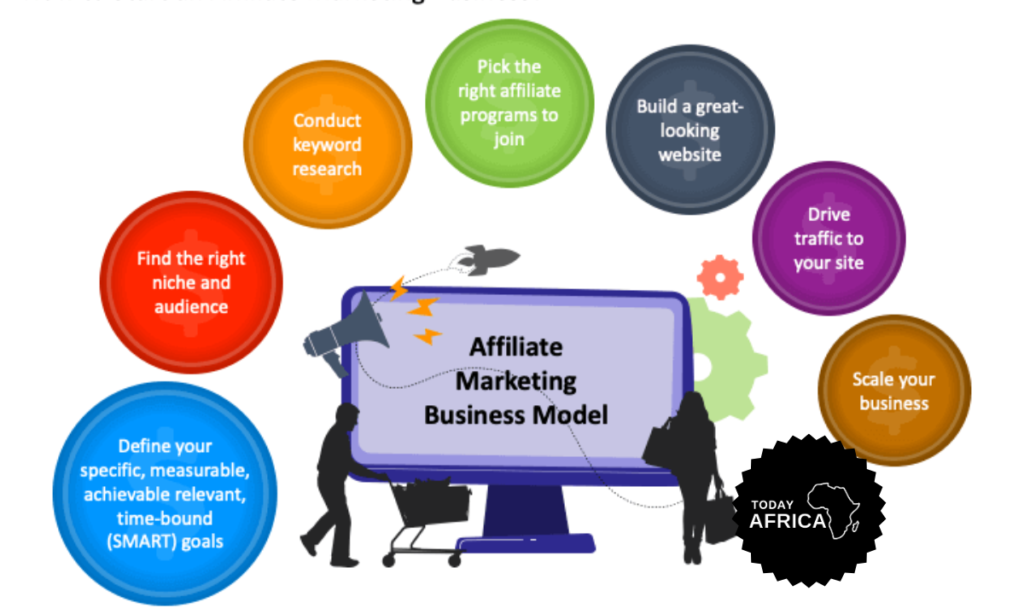
The affiliate model is another incredibly common and lucrative business model, especially online. With affiliate marketing, you’re recommending products or services in exchange for a commission.
One super popular affiliate program is the Amazon Associates program. Once you join this affiliate network, you can promote any Amazon product in the world in exchange for a commission.
Beyond Amazon, there are thousands of additional products and services you can recommend depending on your niche and audience.
4. Franchising business model
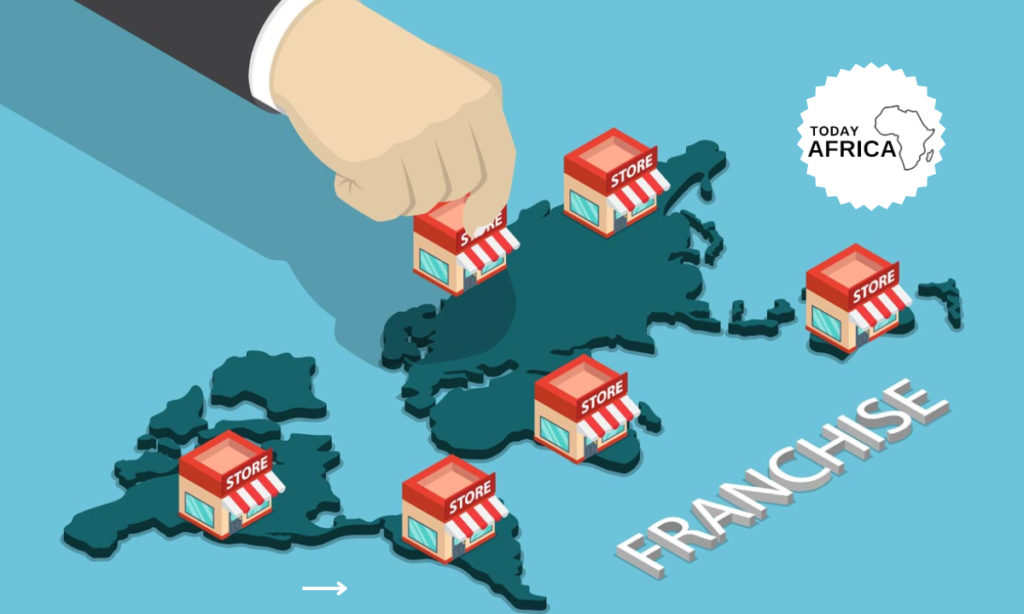
This is a business model where you start with one location and, in time, expand your brand right across the world. Franchises are a type of franchise or network that takes advantage of economies of scale to grow their businesses, offering franchises as an alternative form of entrepreneurship.
Related Post: How to Choose the Right Location for Your Business
As a franchisor, you’ll license some aspects of your operations to a franchisee who may use your name, recipes, and product expertise. However, this business model is primarily an offline model.
Nearly every single KFC, McDonald’s, and other fast-food restaurant chain is a franchise. In the case of McDonald’s, over 90% of its locations are franchised.
The advantage of this concept is a good location, access to powerful advertising resources, and economies of scale.
5. Freemium business model
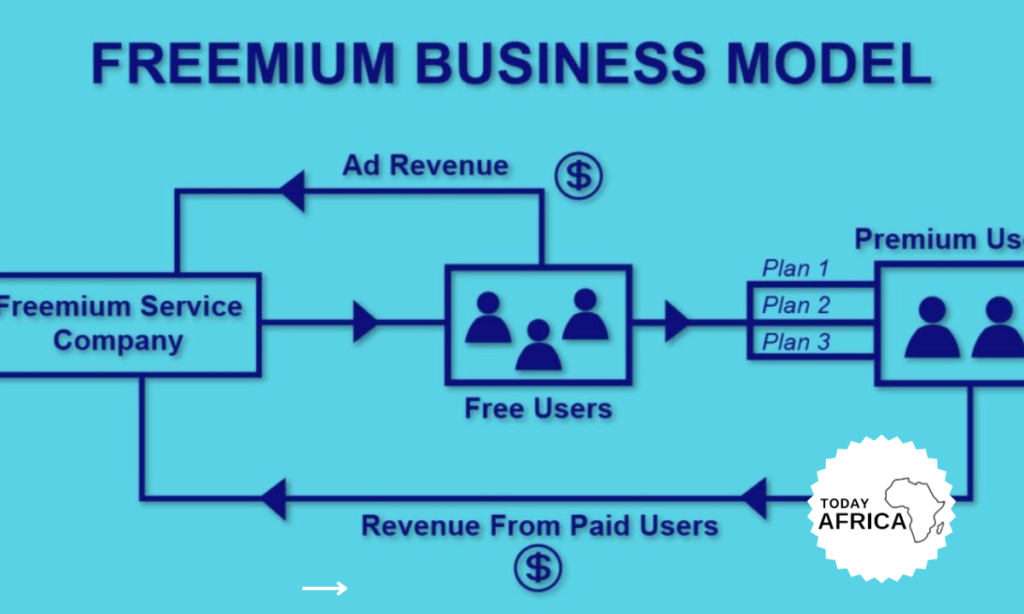
This is where you give away an aspect of your product or service for free, then charge for the premium version or for add-on features.
The critical distinction with freemium is that it’s free forever. You could essentially have a large group of users who never upgrade to the premium version.
For example, Sumo is a suite of free apps that help your website get more email subscribers and generate more revenue. The free tools are packed with some serious power and will be more than enough if you’re tight on budget when launching your business.
6. Razor blade business model
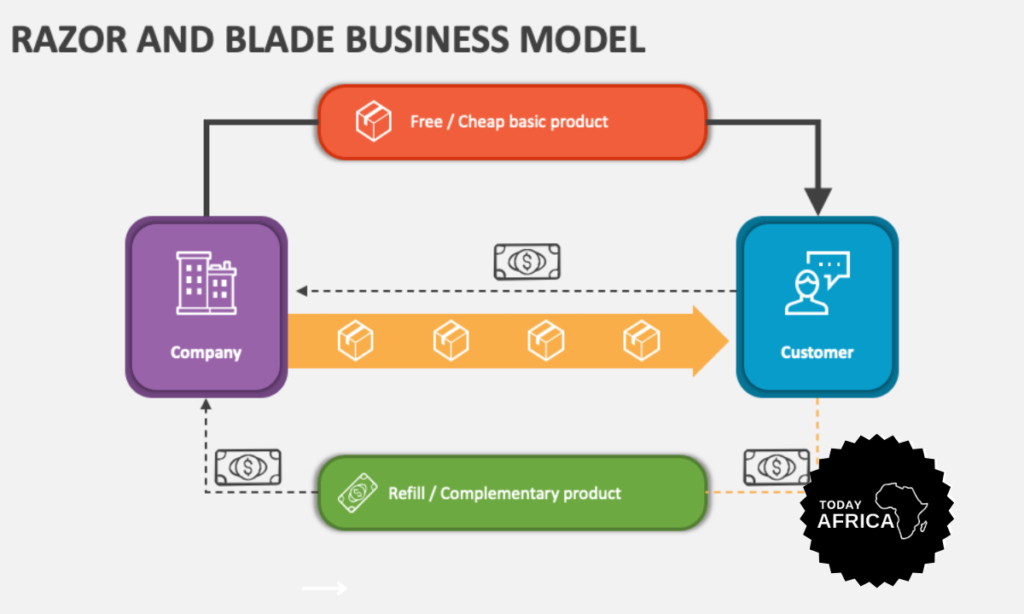
The business model is selling one aspect of your product/service at below cost, to sell high volumes of another component of that product/service.
One great example is disposable razors. They give the customers the razor handle for free and make their money back on the high volume of blades they buy over the lifetime of the product.
Another example of this is a printer. You buy the printer once, and you have to buy ink cartridges time and time again.
7. Reverse razor blade business model
This business model is selling a high-margin product upfront and offering sales of low-margin products down the line.
It ensures a single (or multiple) high-end purchase, followed by a series of smaller purchases over the long term.
Apple is a brand that uses this model. If you buy a new MacBook or iPhone, there’s a good chance you’ll end up buying apps from the App Store, and songs from Apple Music.
8. Subscription business model
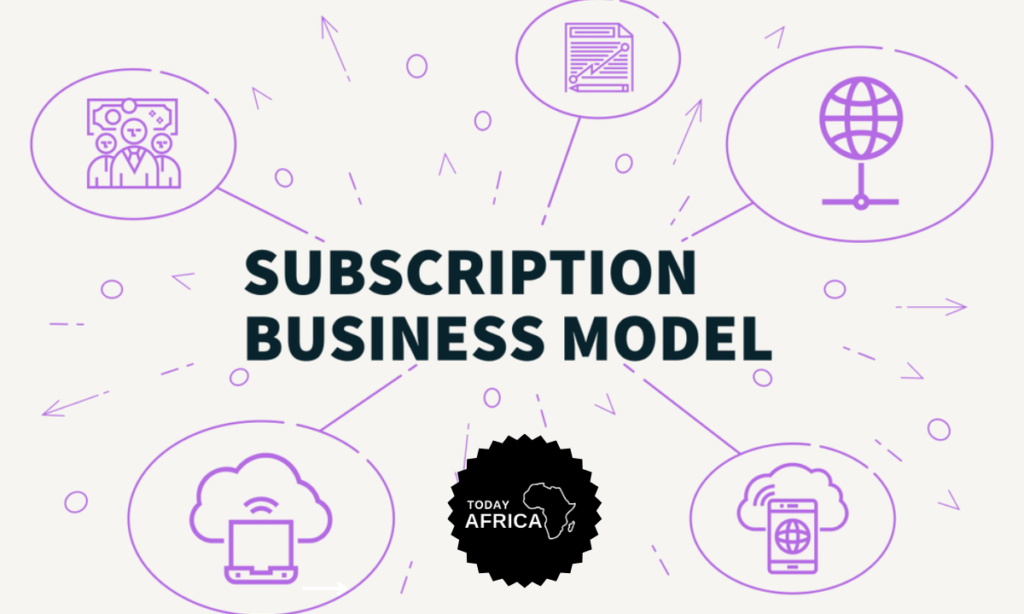
A subscription business model involves customers paying a monthly fee to continue using your product or service.
For example, The New York Times has a paywall where you can read four free articles per month, after which you’ll have to pay a monthly membership fee to keep reading.
Netflix is another example, you pay your monthly subscription and get access to the entire streaming library.
9. Brokerage business model
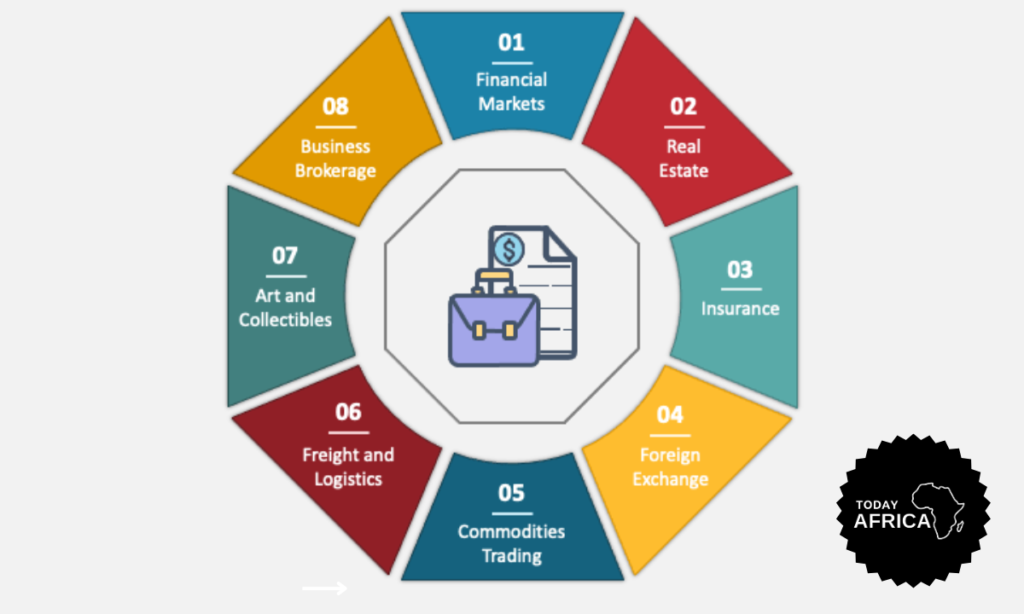
This business model connects buyers and sellers without directly selling a product/service themselves. Brokerage companies often receive a percentage of the amount paid when a deal is finalized.
Most common in real estate, brokers are also prominent in construction/development or freight.
How to Create a Business Model
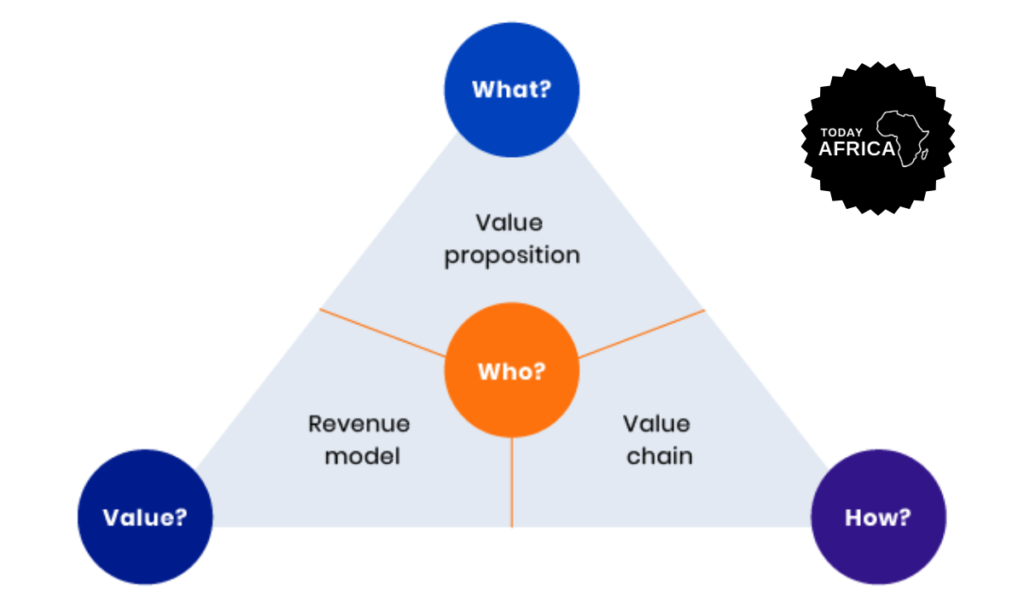
1. Identify your audience: First, identify your audience and target market. This will help you understand who you are trying to target so you can craft your product, messaging, and approach to connecting with them.
2. Define the problem: Next, you must know what problem you are trying to solve. A restaurant feeds the community. Without a problem or a need, you will struggle to find your footing if there isn’t a demand for your services or products.
3. Understand your offerings: What products are you interested in selling, and does your expertise match that product? In this stage, the product is tweaked to adapt to what the market needs and what you’re able to provide.
4. Document your needs: Now, it’s time to consider the hurdles your company will face. This includes product-specific challenges as well as operational difficulties. Make sure to document these needs to assess whether you are ready to launch in the future.
4. Find key partners: Most businesses leverage other partners in driving company success. For example, as a wedding planner, you may forge relationships with venue owners, caterers, photographers, videographers, and designers to enhance their offerings.
5. Set monetization solutions: This includes selecting the strategy or strategies above in determining your business model type. This might have been a type you had in mind but after reviewing your client’s needs, a different type might now make more sense.
6. Test your model: Ask how people would feel paying your prices for your services. Offer discounts to new customers in exchange for reviews and feedback. You can always adjust your business model, but you should always consider leveraging direct feedback from the market when doing so.
How to Choose the Right Business Model
1. Your customer needs
The model you choose should align with your customer’s needs and expectations.
For example, if you’re taking the subscription model approach, then you’ll be doing your customers a disservice if you also include advertising.
You can most definitely combine multiple models, but they need to place customer experience, and not profit, above all.
2. How your customers buy
Some markets will be challenging to monetize. If you have a content-driven website that gets a high volume of traffic but doesn’t convert well to product sales, then the advertising model is probably your best bet.
3. The market potential and competition
Spend some time analyzing your market to see how other companies are generating revenue. If they’ve been in business for a while, then they’ve probably found a model that can be replicated. However, there’s always space to innovate and disrupt in a given market.
4. Your value proposition
What makes you stand out in the marketplace? If you’re running an e-commerce business, are you targeting customers from a particular demographic?
5. Consider multiple revenue streams
Most successful businesses will rely on multiple revenue streams. In the early days of your new business, it’s all about experimentation.
Conclusion
Your business isn’t just an entity that sells goods/services. It’s an ecosystem that must have a plan on who to sell to, what to sell, what to charge, and what value it is creating.
Remember, that your business model describes what your organization does to systematically create long-term value for your customers.
After building your business model, your business should have a stronger direction on how it wants to operate and what its financial future appears to be.
References:




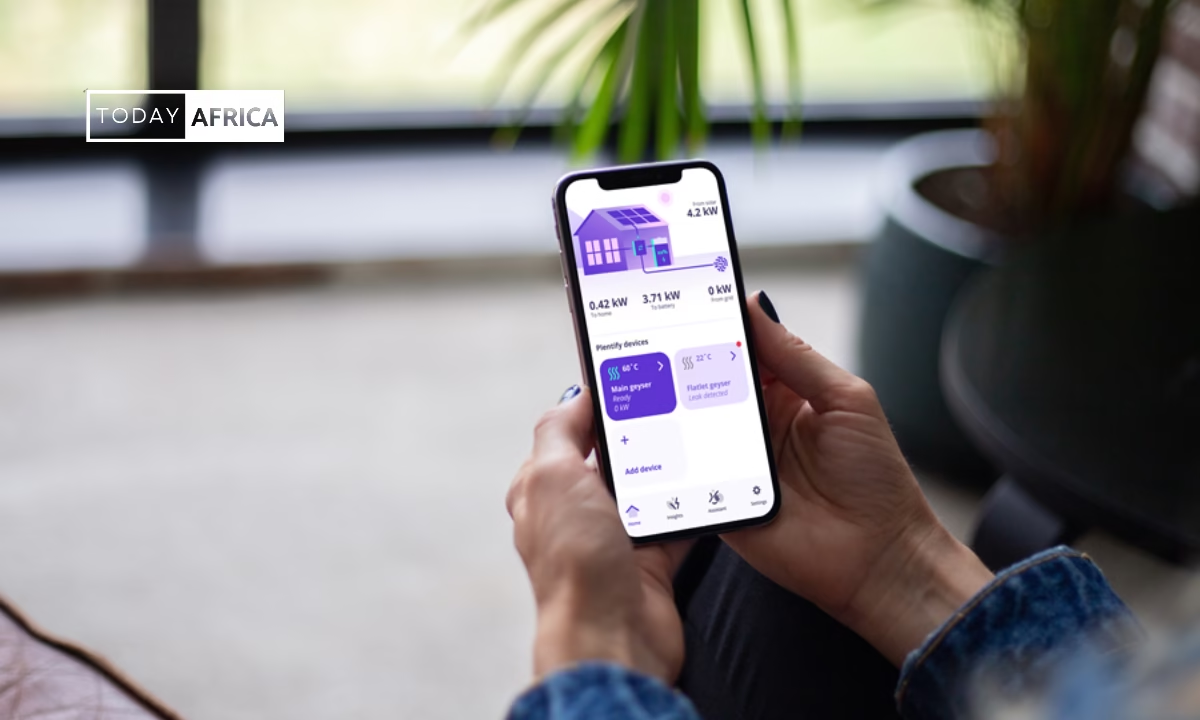

![91 Remote Team Management Software [Features & Benefits]](https://todayafrica.co/wp-content/uploads/2024/01/Blue-Simple-Dad-Appreciation-Facebook-Post-1200-×-720-px-18-4-872x547.png)



